Have you ever wondered what are the differences between Traditional Japanese Attire and Modern Wedding Dresses?
When planning a wedding, choosing the perfect attire is one of the most exciting and meaningful decisions for a couple. In Japan, brides have the unique option of wearing traditional garments, such as the shiromuku and iro-uchikake, or modern wedding dresses. This article explores the cultural significance, symbolism, and practical aspects of these styles, offering insights for couples seeking to honor tradition or embrace contemporary trends.
Traditional Japanese Attire: Shiromuku and Iro-uchikake
Shiromuku:
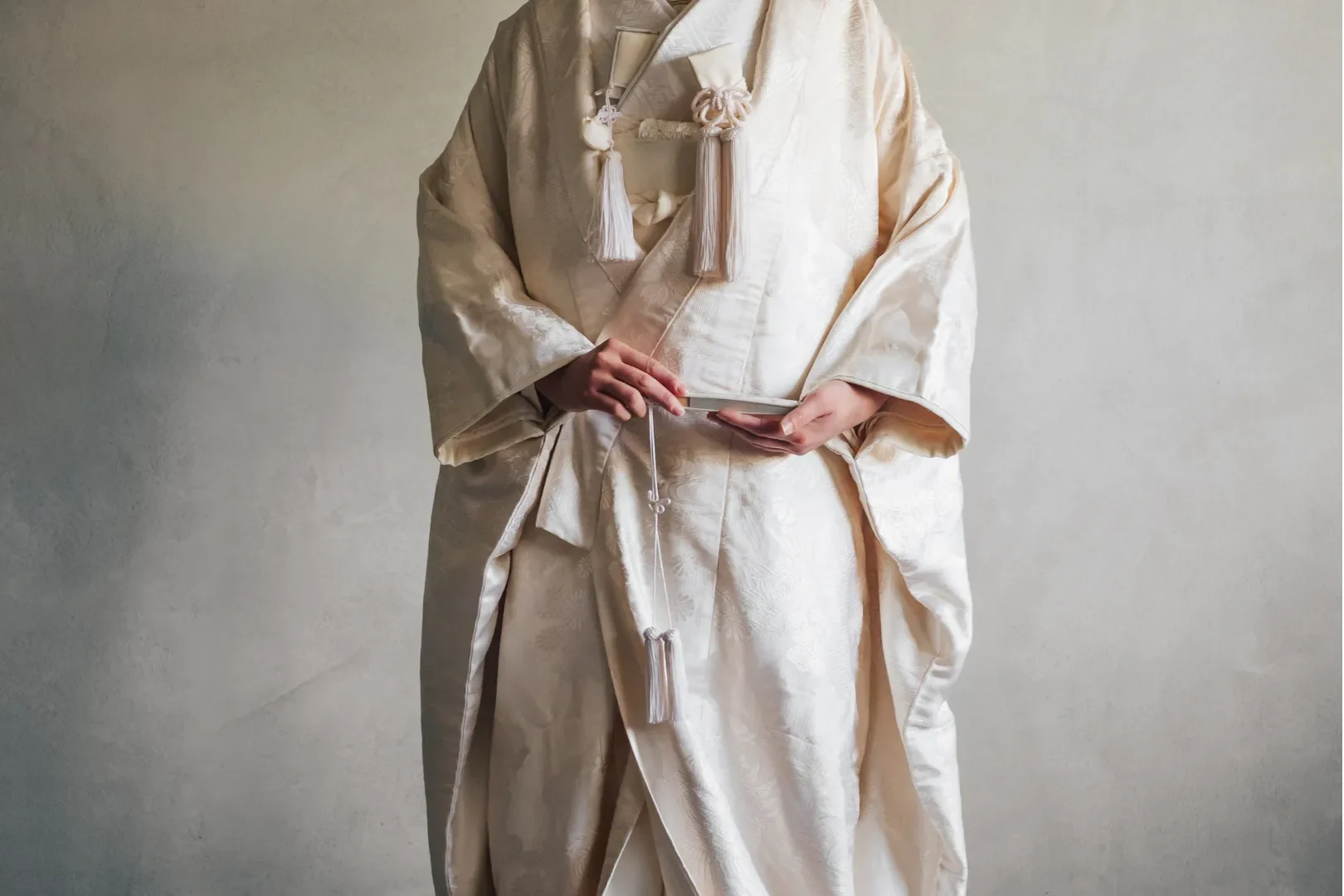
The shiromuku is a white bridal kimono traditionally worn during Shinto wedding ceremonies. The color white symbolizes purity, innocence, and the bride’s willingness to embrace her new family’s traditions. The ensemble often includes accessories like the wataboshi (a white hood symbolizing modesty) or the tsunokakushi (a headpiece designed to “hide the horns” of jealousy). The shiromuku’s simplicity and elegance create a serene and sacred atmosphere for the ceremony.
A few years ago, I had the opportunity to have a Shinto wedding ceremony. During the ceremony, I wore a shiromuku, and for the reception, I changed into an iro-uchikake. The transition from the pure elegance of the white attire to the vibrant colors of the iro-uchikake made the special day even more memorable.
Iro-uchikake:
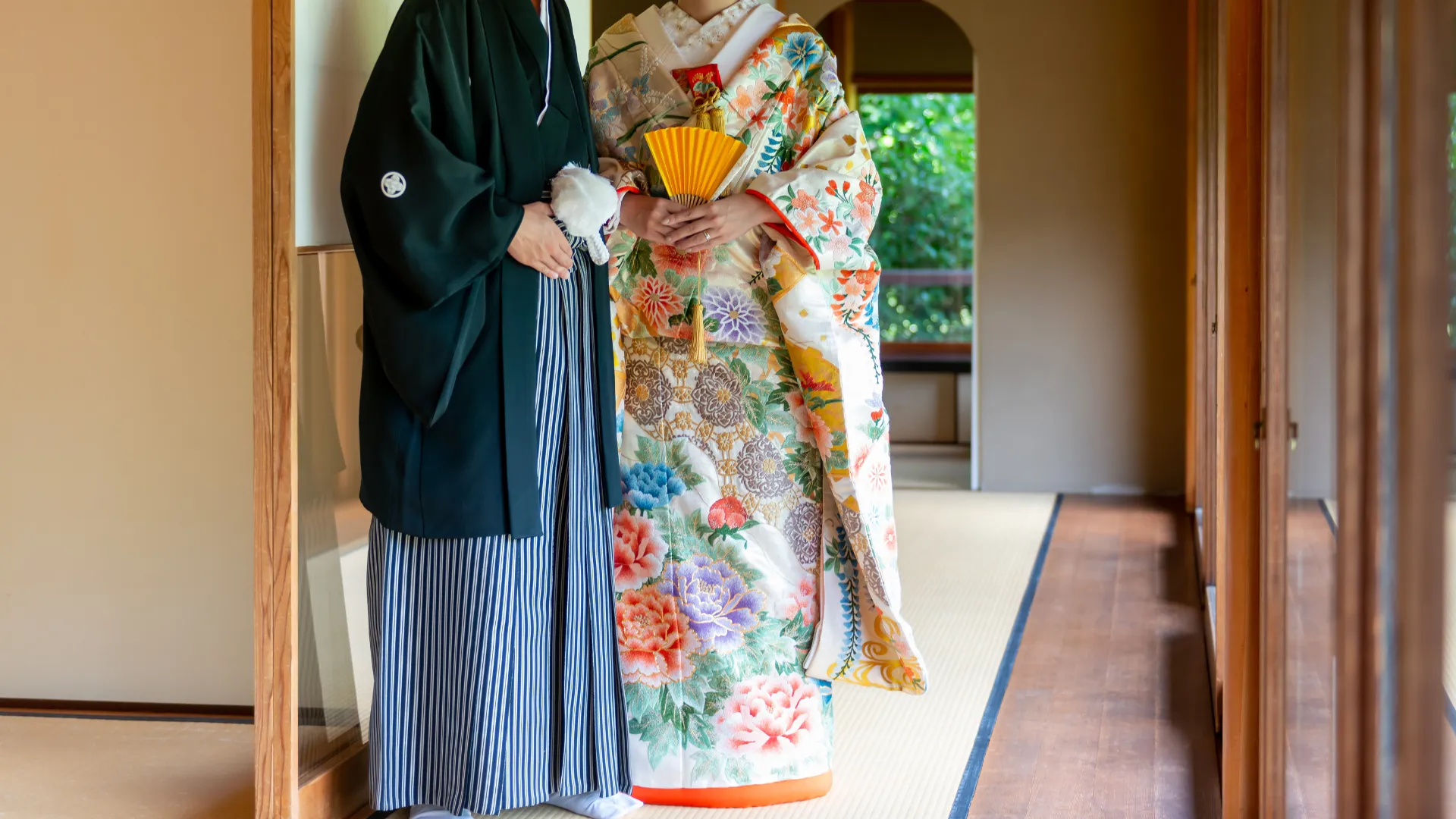
The iro-uchikake is a colorful outer robe worn over the kimono, often seen during the reception or photo sessions. Adorned with intricate embroidery featuring motifs like cranes, flowers, or waves, the iro-uchikake represents prosperity and happiness. Popular colors include red, gold, and vibrant combinations that exude celebratory energy. Unlike the shiromuku, which is reserved for the solemnity of the ceremony, the iro-uchikake highlights the festive nature of the occasion.
Modern Wedding Dresses:
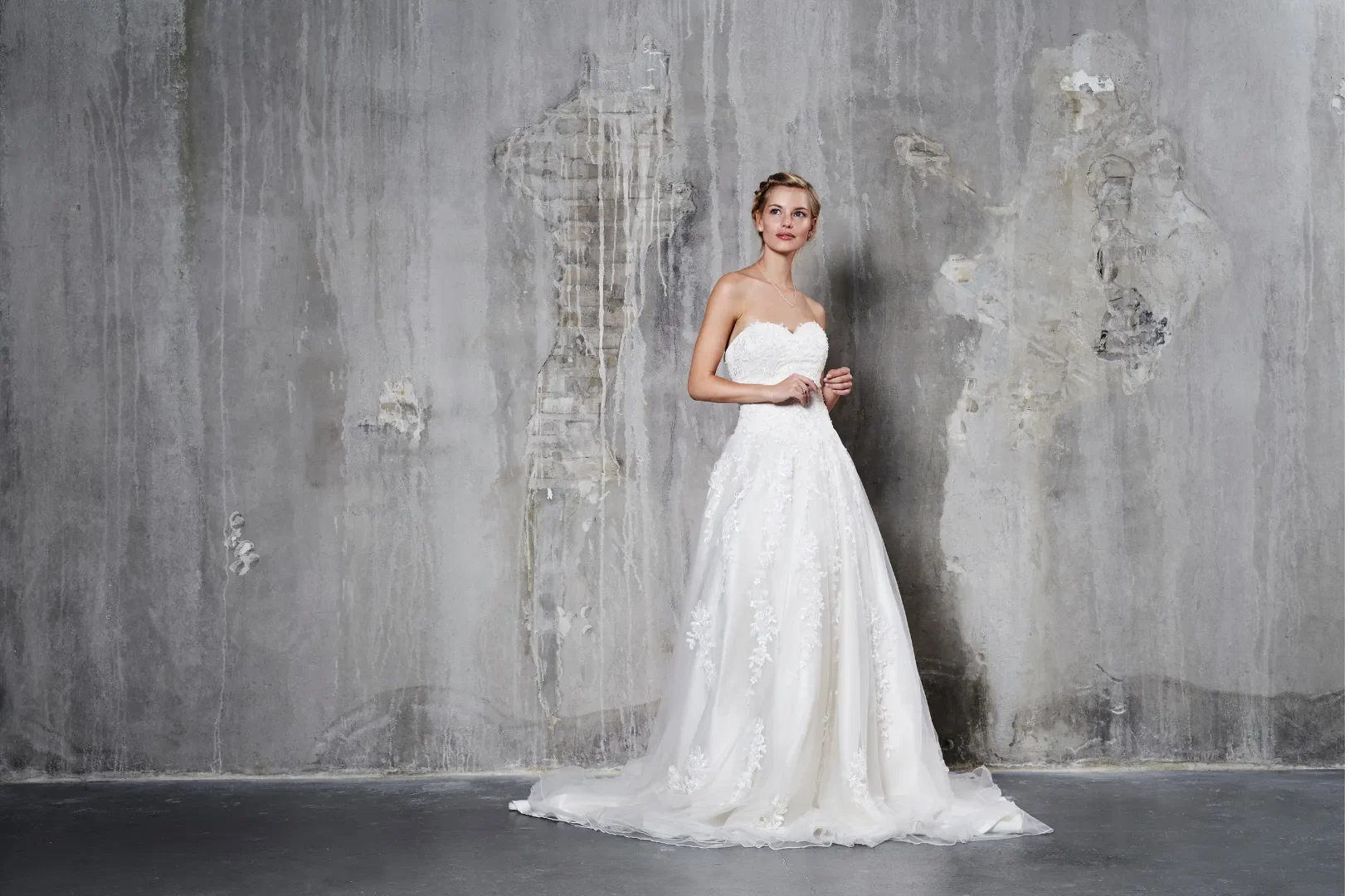
In contrast to traditional Japanese attire, modern wedding dresses cater to diverse styles and preferences. From princess ball gowns to sleek mermaid silhouettes, brides can select designs that reflect their personality and complement their venue.
Modern wedding dresses are often lighter and more flexible, making them ideal for various wedding settings, such as outdoor ceremonies or casual receptions. They also embrace international fashion trends, incorporating materials like lace, tulle, or satin, and details such as intricate beadwork or off-the-shoulder designs. This versatility allows brides to feel comfortable while making a fashion statement.
Key Differences Between Traditional Attire and Modern Dresses
In this section, we will take a look at the main differences between traditional Japanese attire and modern wedding dresses.
1) Symbolism and Cultural Significance
Traditional Japanese attire emphasizes cultural heritage, family ties, and symbolism. The shiromuku reflects purity and respect for Shinto rituals, while the iro-uchikake showcases celebration and prosperity. In contrast, modern wedding dresses focus on individuality, allowing brides to choose styles that align with their personal tastes.
2) Comfort and Mobility
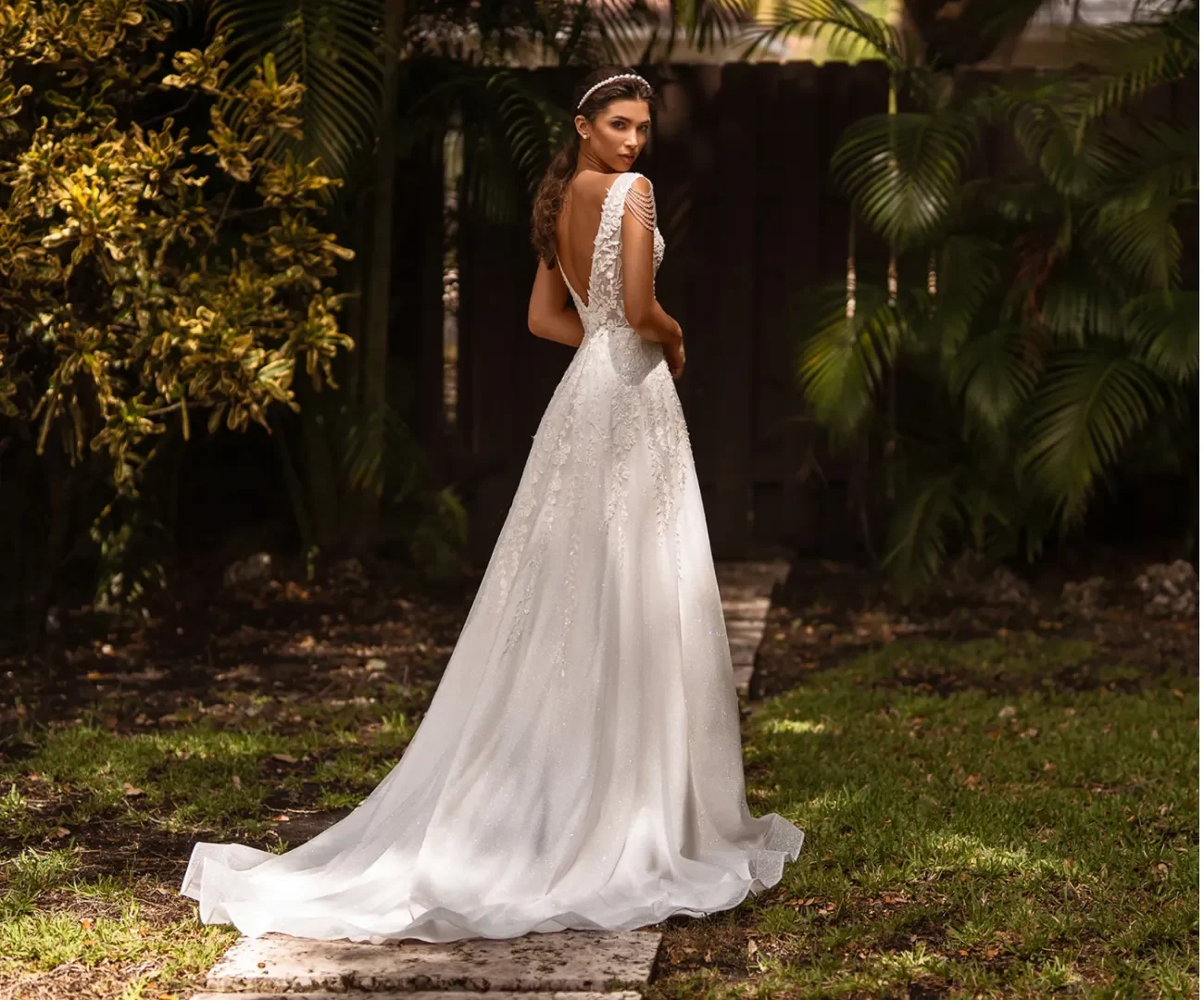
Shiromuku and iro-uchikake are stunning but can be heavy and restrictive due to their layers and intricate designs. Brides often require assistance to move comfortably. On the other hand, modern dresses are typically designed with ease of movement in mind, offering comfort without compromising elegance.
3) Accessories and Hairstyles
Traditional Japanese attire includes specific accessories, such as kanzashi hair ornaments, wataboshi, or tsunokakushi, which enhance the bride’s connection to cultural traditions. For modern wedding dresses, accessories like veils, tiaras, and jewelry provide opportunities for self-expression.
Choosing the Perfect Style
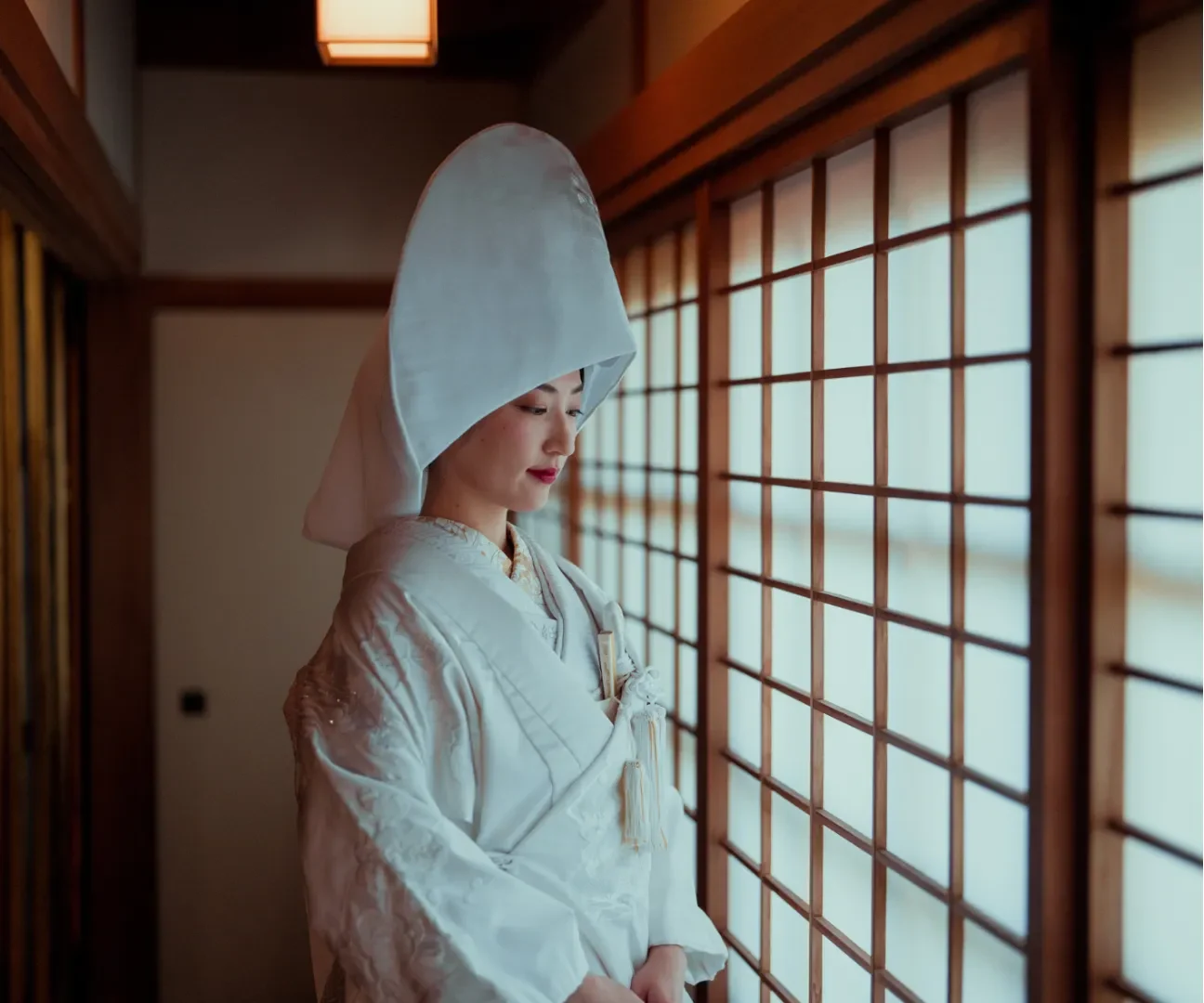
When deciding between traditional attire and modern dresses, consider these factors:
- Theme and Venue: A Shinto shrine ceremony calls for shiromuku, while modern venues like hotels or gardens may suit Western-style dresses.
- Season and Weather: Traditional garments pair beautifully with spring cherry blossoms or autumn foliage, while modern dresses are versatile year-round.
- Cultural Experience: For international couples, trying on traditional attire can be a unique and memorable part of the wedding journey.
Conclusion
Both traditional Japanese attire and modern wedding dresses offer unparalleled beauty and significance. Whether embracing the cultural depth of the shiromuku and iro-uchikake or the stylistic freedom of a contemporary gown, the choice ultimately reflects the bride’s vision for her special day. By understanding the differences and unique qualities of each style, couples can create a wedding experience that is both meaningful and unforgettable.


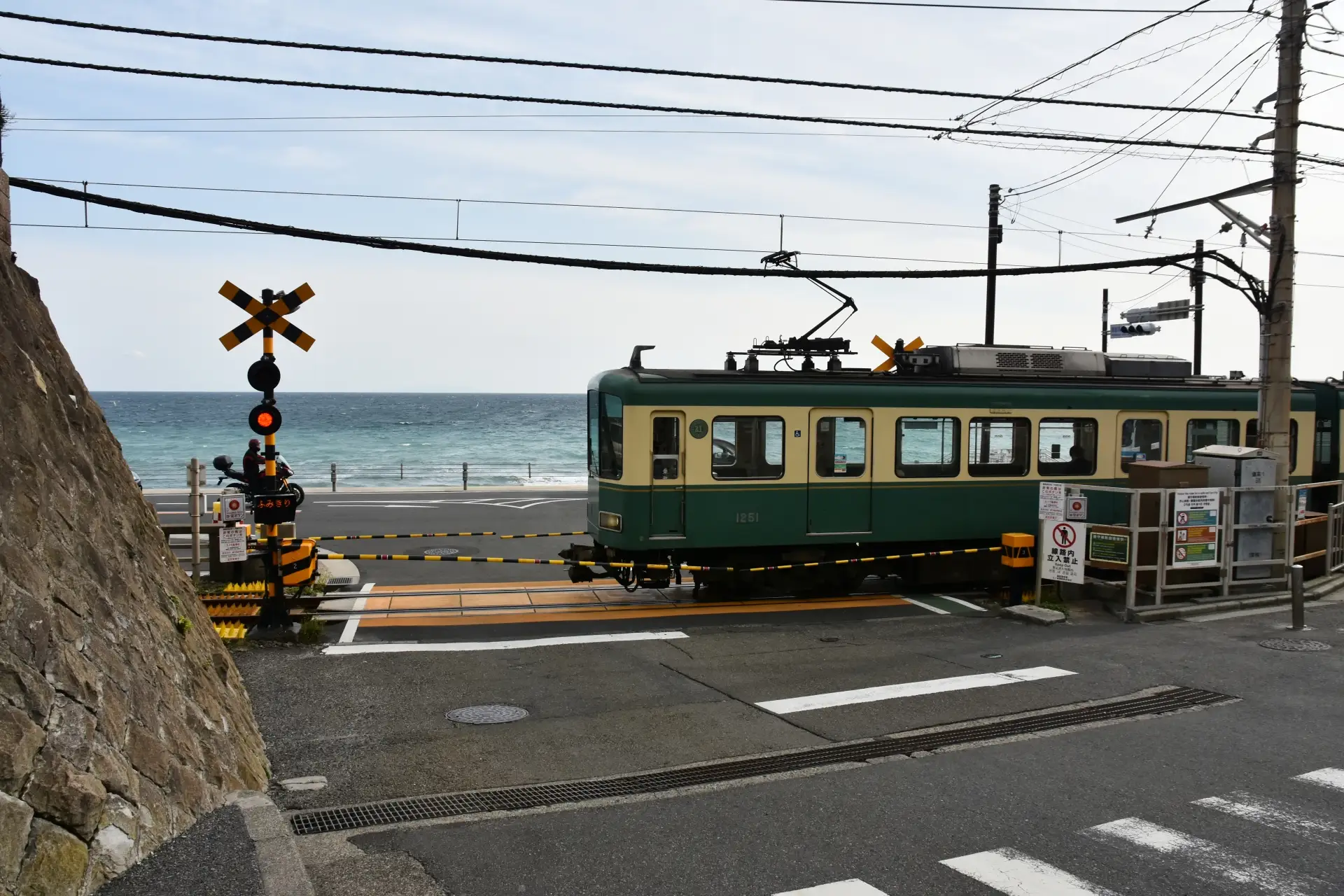
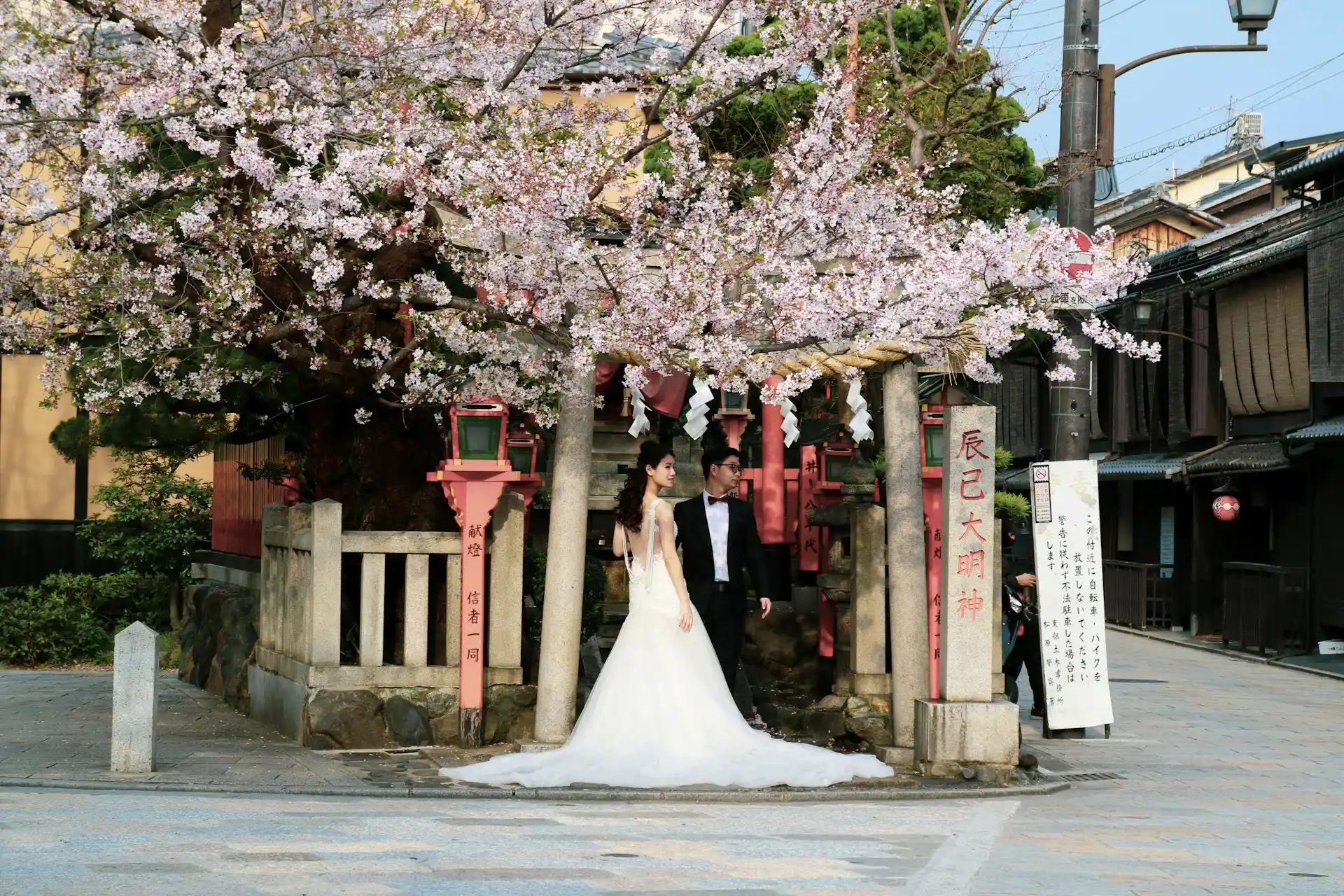
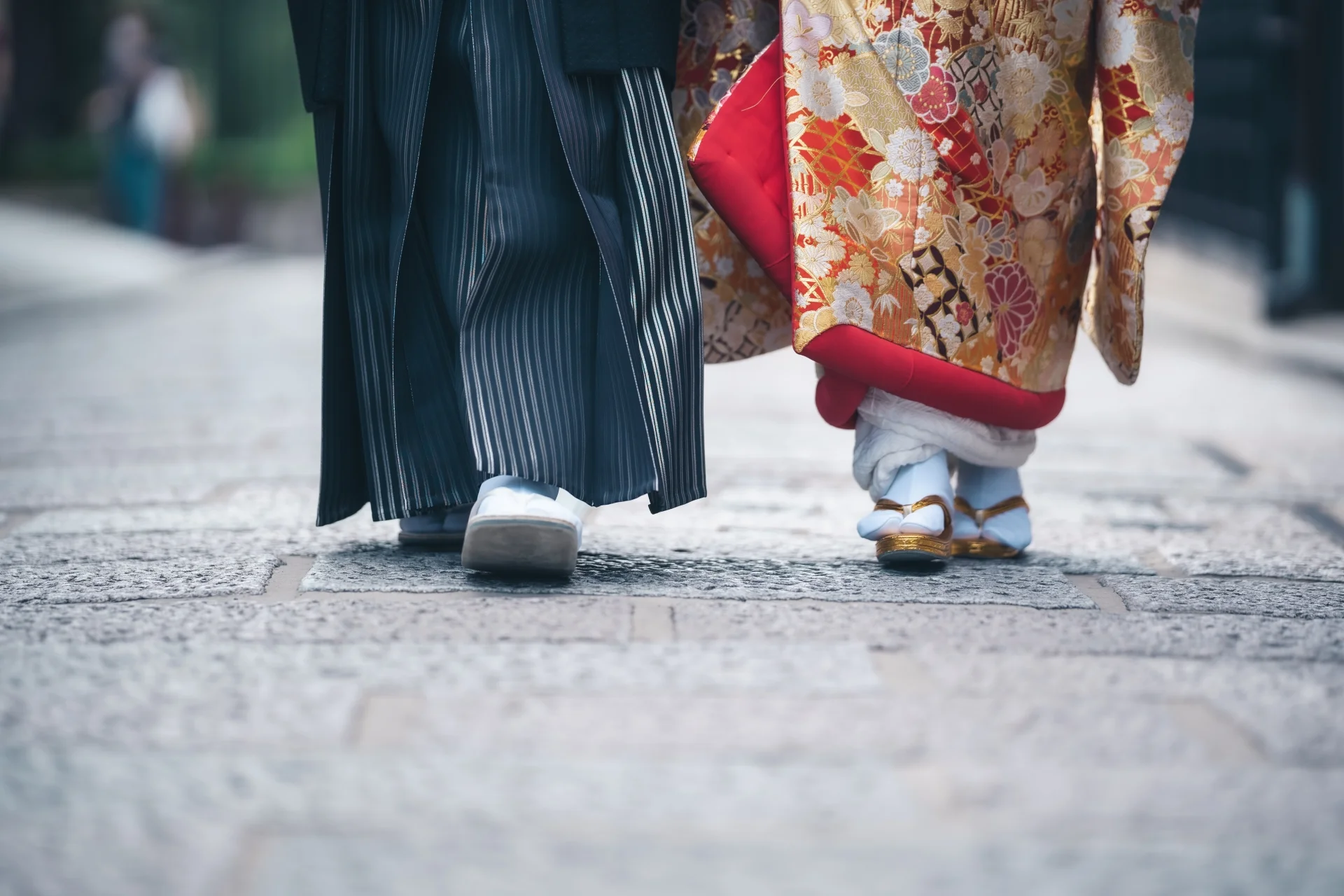



Add a comment